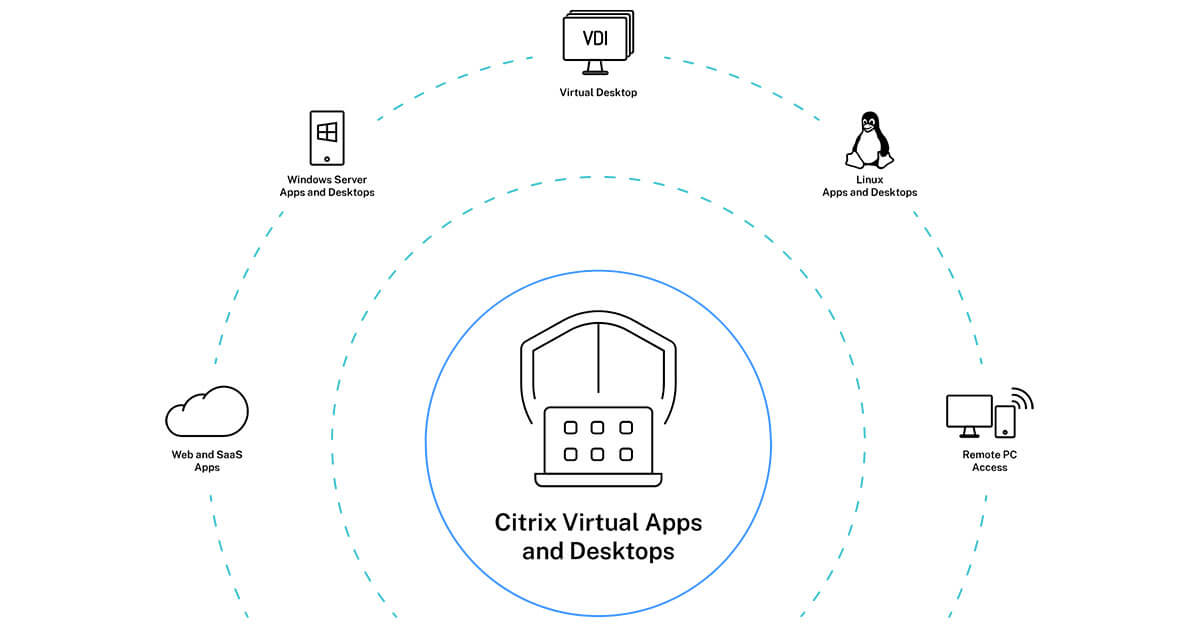



Human–human communication and human–environment communication have been developed over a long history of interaction. In human–computer communication, we interact with a computer by means of a mouse, a touch pad, or a keyboard. In human–environment communication, we recognize our environment via our five senses: feeling, touch, taste, vision, and smell. We write letters or draw pictures and sometimes communicate using images and motion pictures. In the case of human–human communication, a variety of means are at our disposal. The ability to enter and walk through the virtual world and handle virtual objects using hand gestures makes VR interactive, and this is one of its most important features.Ĭommunication can be human–human communication, human–environment communication, or human–computer communication. The virtual world allows us a stereoscopic view from front or side, depending on our viewpoint, just as in the real world. Through it, a virtual world is created that viewers can enter and walk through and where they can handle virtual objects. Virtual reality technology plays an important role in realizing Telesensation. Nobuyoshi Terashima, in Intelligent Communication Systems, 2002 11.1 VIRTUAL REALITY CONCEPT


 0 kommentar(er)
0 kommentar(er)
